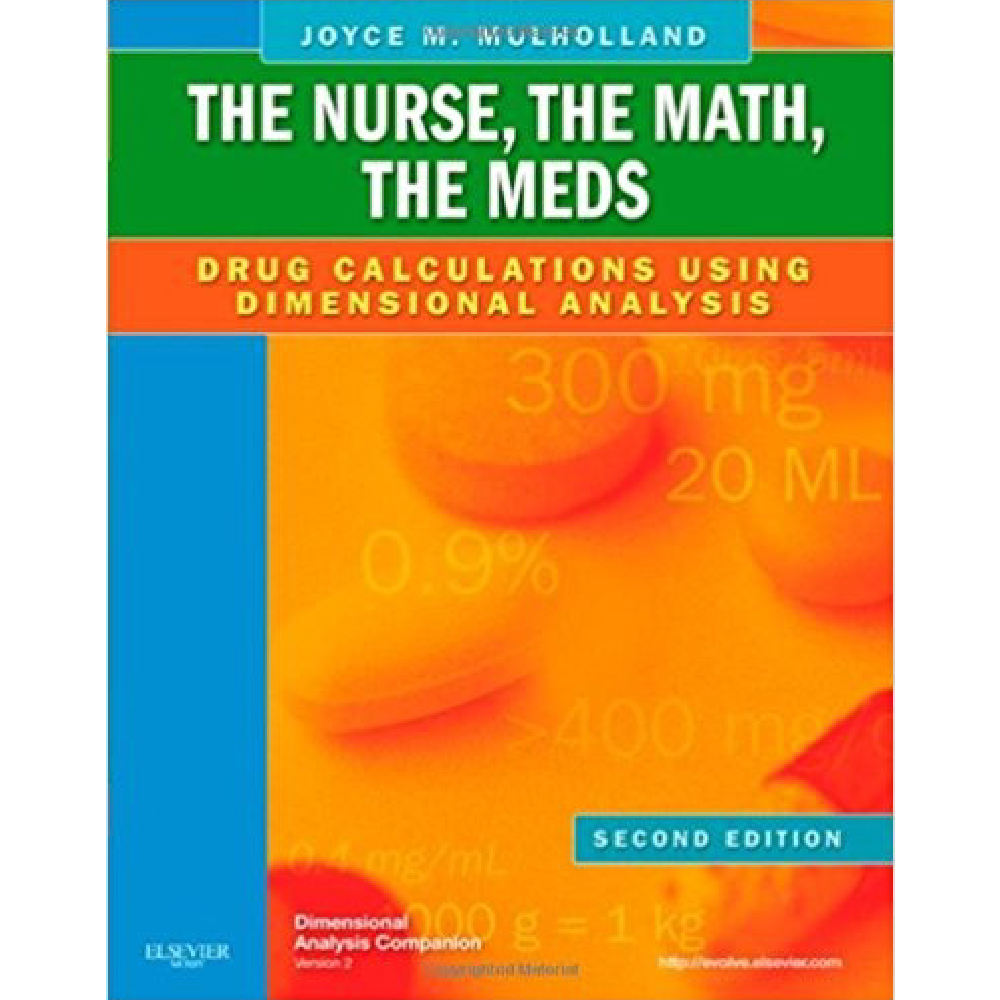Meds Drug Calculations Using Dimensional Analysis 2nd Edition By Mulholland -Test Bank
$55.00
Meds Drug Calculations Using Dimensional Analysis 2nd Edition By Mulholland -Test Bank
You will receive this product within 24 hours after placing the order
Meds Drug Calculations Using Dimensional Analysis 2nd Edition By Mulholland -Test Bank
1. A test that determines the average blood glucose level over the past 2 to 3 months is called:
a. HbA1c (glycosolated hemoglobin)
b. Fasting blood glucose (FBS)
c. Postprandial glucose test
d. BGM
ANS: A PTS: 1
2. What does U 100 on an insulin label mean exactly?
a. 100 units of total contents in the bottle
b. 100 units per mL
c. 100 units is the usual dose
d. 100 units per hr is recommended
ANS: B PTS: 1
3. If a patient is having a hypoglycemic episode, which of the following choices would be best to give first if the patient is able to swallow?
a. Diet cola
b. Coffee (caffeine)
c. Orange juice
d. An antidiabetic pill
ANS: C PTS: 1
26. Can long-acting insulins be given IV? If so, why? If not, why not?
ANS:
Long-acting insulins cannot be given IV. They contain additives to extend the action.
PTS: 1
27. Why are bedtime snacks such as half of a sandwich or milk ordered for patient’s on intermediate and long-acting or evening insulin?
ANS:
Intermediate, evening, and long-acting insulins, lower blood sugar during the night. To avoid hypoglycemic episodes during sleep, or during the night, a balanced small snack is given.
PTS: 1
17. What is the name of the hormone that may be administered by injection for severe hypoglycemic levels?
ANS:
glucagons
PTS: 1
18. What is the difference between BGM and SMBG testing?
ANS:
SMBG refers to finger-stick self-monitoring, reported by patient. BGM refers to fingerstick report, usually done by nurse.
PTS: 1
19. If a patient receives insulin and doesn’t eat, what happens to the blood glucose level?
ANS:
Blood glucose level drops; hypoglycemia occurs.
PTS: 1
20. If the patient doesn’t take the prescribed antidiabetic medicine, what happens to the blood glucose level?
ANS:
Blood glucose level rises; hyperglycemia occurs.
PTS: 1
21. What is the most commonly ordered insulin concentration per mL?
ANS:
100 U per mL
PTS: 1
22. When giving insulin injections subcutaneously, what area on the abdomen must be avoided and by how many inches of radius?
ANS:
Umbilicus should be avoided by radius of 2 inches.
PTS: 1











Reviews
There are no reviews yet.